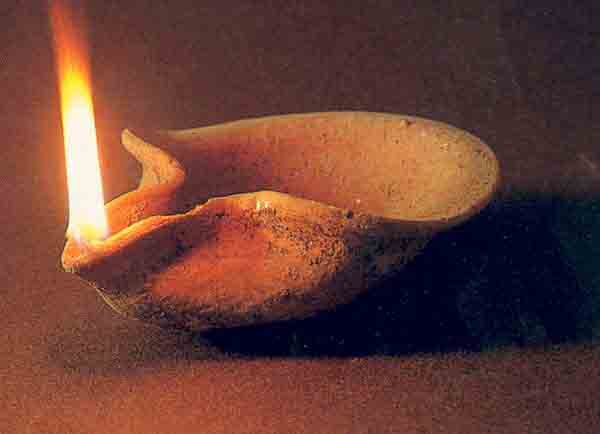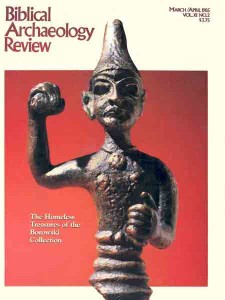Lighting the Way Through History
The evolution of ancient oil lamps

No one knows who invented the oil lamp or exactly when it happened. Did this idea of how to control fire evolve slowly, or was it a sudden inspiration that entered the mind of an ordinary person who then continued to lead a quite ordinary life?
In either event, it was an idea that changed history. The oil lamp provided movable, protected and controllable light to the world for thousands of years, really until the advent of electricity and the electric light bulb.
It seems so simple. Take a bowl or a saucer of oil, probably olive oil. Float a piece of fiber, probably a flax wick, on the edge of the bowl. Lean the wick over the rim and apply fire to the fiber. The fiber, or wick, as we call it, will burn in a controlled way for hours or days, especially if more oil is added from time to time, as the wick gradually and evenly soaks up the oil which burns at the end of the wick. Perhaps it only seems simple in retrospect.
Not only is the inventor of the oil lamp unknown, we don’t even know where the inventor lived—in Egypt, Mesopotamia, Northern Syria, Canaan or elsewhere. Nor do we know when this person lived—in the fourth, fifth, or sixth millennium B.C., or perhaps even earlier.
All we know is that archaeologists have found fourth or third-millennium B.C. bowls or saucers with telltale burn marks at one or more points on their rims, indicating that these vessels had been used as lamps. These first “lamps” were apparently ordinary, mostly small, saucers in no way specially adapted by the potter to their function as lamps.
Already a library member? Log in here.
Institution user? Log in with your IP address.

